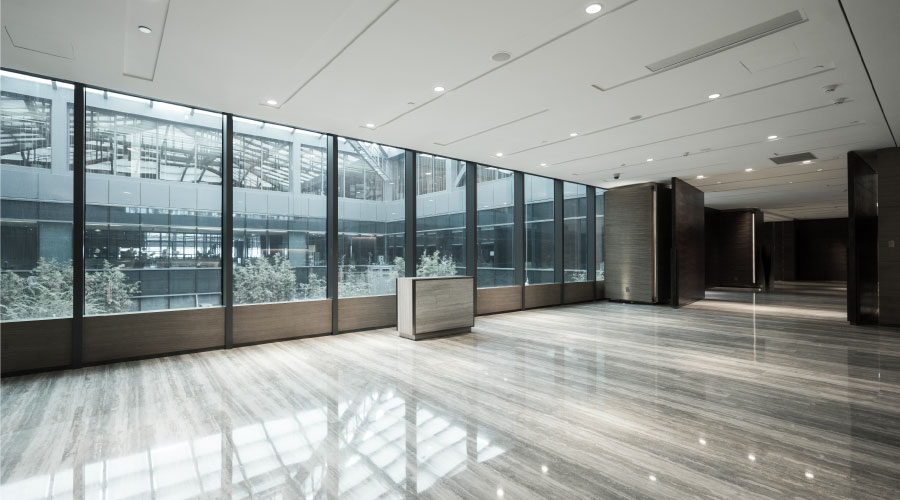Recommended Coatings for Tile and Wood Flooring
Wood and tile flooring
Coatings for wood flooring include:
- oil-modified urethanes, which are common floor finishes made up of synthetic resins, petroleum, and plasticizers that create a durable, moisture-resistant matte, semi-gloss, or gloss finish with an eight-hour drying time.
-
water-based urethanes, which are non-yellowing, have a milder odor than oil-based products, dry in two to three hours, and cost more.
- moisture-cured urethanes, which are more durable and moisture-resistant than other finishes because curing is by absorbing moisture vapor to dry hard. Solvent based, it has a strong odor, is difficult to apply, and requires specific relative humidity conditions. There are non-yellowing and amber versions in satin or gloss finish. Swedish finish is a varnish two-component acid-curing, alcohol-based sealer.
- penetrating, solvent-based sealers can be used to stain and seal wood floors. Workers spread them, allow them to penetrate, and wipe them up with rags or buff them. Penetrating oil sealers are basically tung or linseed oil with drying and hardness additives.
- shellac and varnish, which are often used in combination. The use of natural wax-based shellac top coating is declining. De-waxed shellac might be used as a wood floor sealer in some applications, but it is followed by a more durable top coat, such as varnish or urethane. Natural vegetable-oil varnish has been largely replaced by vinyl-alkyd varnish.
- paste waxes, which have been around the longest. Some experts consider them the best solution to wood floor finishing. They offer long lives and low cost, and application consists of three easy steps—applying the penetrating stain, applying several thin coats of wax, and buffing to bring out the luster. They also offer a short drying time and easy repair, and workers can apply them over a penetrating stain to embed both the stain and the wax in the wood. The wood becomes the wear surface, not the finish. Over time, workers will need to strip off the wax buildup, so managers should plan for this maintenance requirement in cleaning and preventive maintenance schedules.
Tile flooring can be glazed or unglazed. All tiles are somewhat porous, but unglazed tile is more porous. A penetrating or surface sealer is a must for dense unglazed or porcelain tiles, but the best way to make the smart choice is to ask the tile supplier about the recommended application approach.
This level of caution is especially true if the floor uses a dark grout and a light color tile—a very effective architectural combination. In this case, the sealer application prevents the grout from staining the tile. The grout will wear longer, look better, and resist mold and mildew better if workers seal it with a sealer after the grout is thoroughly dry.
Related Topics:














